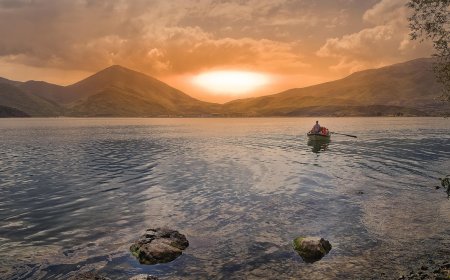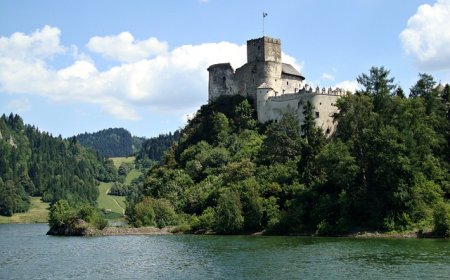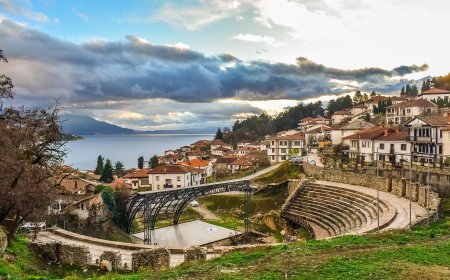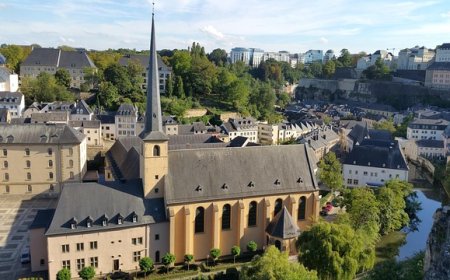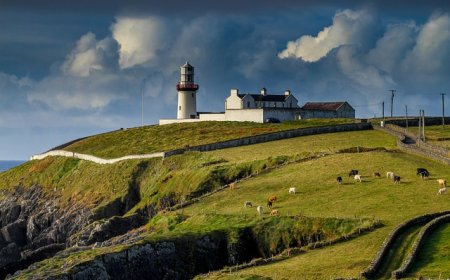Spain: Geography, Culture, and History for Students
Explore Spain’s geography, history, food, and traditions in this student-friendly article. Learn about Spanish cities, art, and cultural festivals.
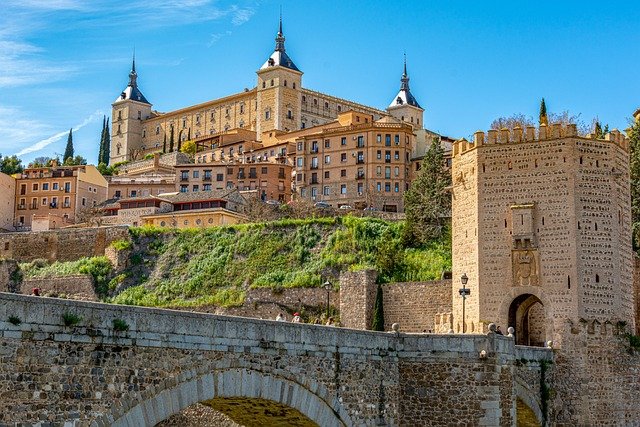
🇪🇸 Spain: A Country of Colorful Culture, History, and Landscapes
🗺 Introduction
Spain is known for its vibrant culture, sunny weather, and rich history. Located in southwestern Europe, Spain offers beautiful cities, delicious food, world-famous art, and exciting festivals. From Mediterranean beaches to northern mountains, there’s something for everyone.
In this article, you’ll learn about Spain’s geography, major cities, traditions, and the events that shaped this energetic country. Whether you love castles, flamenco, or paella, Spain is waiting to be explored.
🌍 Geography and Location
Spain sits on the Iberian Peninsula, shared with Portugal. To the north it borders France and Andorra, and across the Strait of Gibraltar it meets Morocco. Spain also includes the Balearic Islands in the Mediterranean and the Canary Islands in the Atlantic.
Its landscape varies from green northern mountains to dry southern plains with olive groves. The center is a high plateau. Spain’s highest peak, Mount Teide (a volcano), stands on Tenerife in the Canaries. Major rivers like the Ebro and Guadalquivir sustain wildlife and farming.
Climate zones range from rainy and cool in the north to hot and dry in the south, shaping diverse regional ways of life.
🏙 Major Cities and Regions
Madrid, the capital, sits in central Spain. Known for grand palaces and world-class museums, it’s home to the Royal Palace and the Prado Museum with masterpieces by Goya and Velázquez.
Barcelona, on the northeastern coast, features Antoni Gaudí’s unique architecture—most famously the Sagrada Família. The city’s beaches and Catalan culture shine through its festivals and cuisine.
Other key cities:
- Seville – Flamenco dancing and historic Moorish palaces
- Valencia – Birthplace of paella and modern science museums
- Granada – Home of the Alhambra palace
- Bilbao – Guggenheim Museum and Basque heritage
Spain is divided into 17 autonomous communities, each with its own government, traditions, and sometimes languages.
👨👩👧👦 People, Language, and Culture
Over 47 million people live in Spain. The official language is Spanish (Castilian), alongside regional tongues like Catalan, Basque, and Galician. Spain celebrates its linguistic and cultural diversity.
Family is central to Spanish life. Meals, especially lunch, are long and social. In some areas, the siesta—an afternoon rest—is still observed.
Spain bursts with passion and creativity. Flamenco music and dance, with its emotional rhythms, artists like Picasso and Dalí, and festivals such as La Tomatina (tomato fight) and the Running of the Bulls in Pamplona, reflect deep-rooted traditions.
🍽 Spanish Food and Traditions
Spanish cuisine is regionally varied and uses fresh ingredients—olive oil, garlic, seafood, rice, and more. Meals are often enjoyed outdoors with family and friends.
Signature dishes:
- Paella – Saffron rice with seafood, chicken, or vegetables
- Tortilla española – Thick potato omelet
- Tapas – Shared small plates like olives, cheeses, and croquetas
- Churros con chocolate – Fried dough sticks dipped in hot chocolate
Weekly markets, local bakeries, and time-honored recipes connect food with community life.
🏛 History of Spain
Ancient Iberian tribes and Romans first settled the peninsula. From the 8th to 15th centuries, Moorish dynasties from North Africa ruled, leaving behind architectural wonders in Córdoba and Granada.
The Reconquista (ending in 1492) reunited Spain under Christian monarchs Ferdinand and Isabella, who also sponsored Columbus’s transatlantic voyages. Spain then built a vast empire across the Americas, Asia, and Africa.
In the 20th century, Spain endured a civil war and Francisco Franco’s dictatorship (1939–1975). After Franco’s death, Spain transitioned to a parliamentary monarchy and joined the European Union.
🌿 Nature and Wildlife
Spain ranks high in European biodiversity. National parks protect ecosystems from the Pyrenees to the wetlands of Doñana. Wildlife includes brown bears, mountain goats, storks, eagles, and flamingos. Outdoor recreation—hiking, birdwatching, beachgoing—is popular nationwide.
🧠 Why Spain Matters
Spain’s global legacy includes its language, spoken by over 460 million people, its artistic masters (Picasso, Dalí), and its explorers like Columbus. Today, Spain leads in tourism, sports, arts, and renewable energy, maintaining a dynamic role in Europe and beyond.
📚 Vocabulary List
| Word | Definition |
|---|---|
| Iberian Peninsula | The landmass shared by Spain and Portugal |
| Autonomous | Self-governing |
| Siesta | An afternoon rest or nap |
| Flamenco | Traditional Spanish music and dance |
| Tapas | Small dishes meant for sharing |
| Reconquista | Reconquest of Spain by Christian kingdoms |
| Monarch | A king or queen |
| Biodiversity | Variety of plant and animal life |
✨ Fun Facts About Spain
Spain has four official languages: Spanish, Catalan, Basque, and Galician.
The Sagrada Família cathedral in Barcelona has been under construction since 1882.
Spain has more blue-flag beaches (clean, safe beaches) than any other country in the world.
Spain’s bullfighting tradition dates back to Roman times.
The oldest restaurant in the world, according to Guinness World Records, is in Madrid.
👧🧒 Kid-Friendly Summary
Spain is a fun and exciting country with sunny weather, great food, and lots of music and festivals. People there speak Spanish and other languages, and they love dancing, soccer, and big family meals. In Spain, you can explore castles, swim at the beach, and even see giant tomato fights. It’s a place full of color, history, and joy!
🧠 Interactive Quiz: How Well Do You Know Spain?
1. What is the capital city of Spain?
A) Seville
B) Madrid
C) Barcelona
D) Granada
2. What is the name of the famous Spanish rice dish?
A) Tacos
B) Paella
C) Pizza
D) Tapas
3. What dance and music style is Spain known for?
A) Ballet
B) Tango
C) Flamenco
D) Salsa
4. Who were the rulers who supported Columbus’s journey in 1492?
A) Julius Caesar and Cleopatra
B) Queen Victoria and King George
C) Isabella and Ferdinand
D) Elizabeth and Philip
5. What mountain range borders Spain and France?
A) Alps
B) Andes
C) Rockies
D) Pyrenees


















































